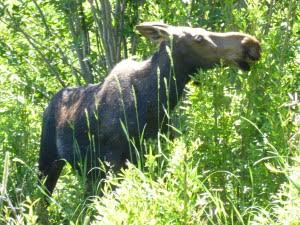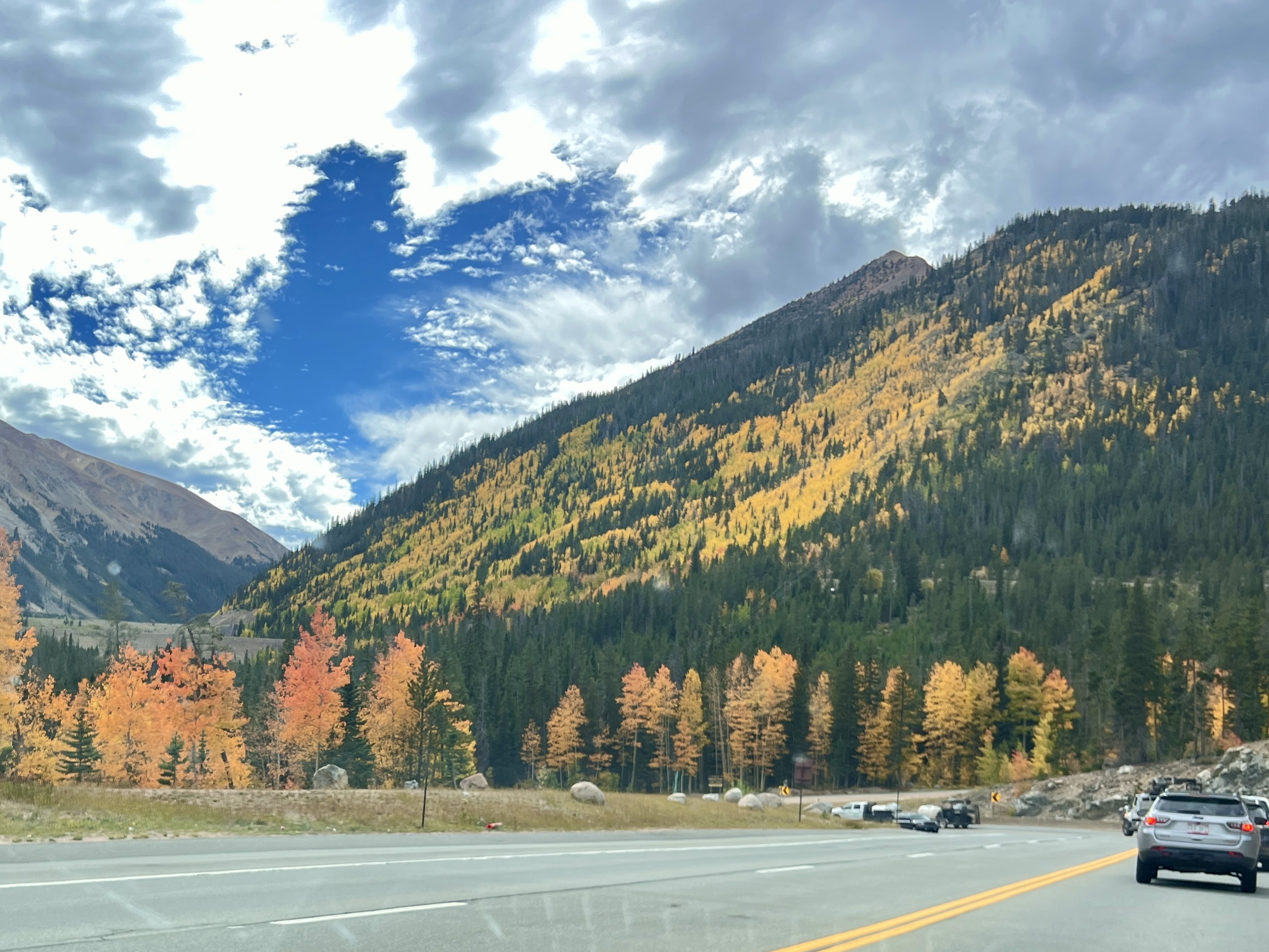By Marybeth Bond, National Geographic Travel Writer and Author
Colorado is an adventure lover’s paradise, brimming with opportunities for skiing, hiking, fishing, and exploring the breathtaking Rocky Mountain National Park. When my husband and I landed in Denver, we picked up our rental car and set off on a scenic drive about 100 miles to Grand County. Our mission? To soak in the stunning fall colors, watch the elk rutting, and discover the quieter, more serene side of Rocky Mountain National Park.
While the eastern entrance through Estes Park draws around 80% of the park’s visitors, we were eager to experience the tranquility of the western side, accessible via Grand County. This region is nothing short of magical!
As we arrived, I was captivated by Grand County, home to the legendary Winter Park Resort, miles of “Gold Medal” trout streams, and the picturesque town of Grand Lake.

The village features a historic boardwalk dating back to the Wild West days, lined with shops, restaurants, and ice cream parlors. One evening, we visited the Certified Creative District and enjoyed a Broadway-quality production of I Left My Heart: A Salute to the Music of Tony Bennett at the Rocky Mountain Repertory Theatre. The lake is a popular spot for water sports like paddleboarding and boat rides, boasting a lovely beach for sunbathing or swimming, along with a yacht club for boat rentals.
One night, we enjoyed cocktails on the wooden porch and then dined near the huge stone fireplace at Grand Lake Lodge. Established in 1920 and designated as a National Historic Landmark, the lodge and its cozy cabins overlook the lake, offering stunning views of the surrounding mountains. We stayed at the Western Riviera Lakeside Lodge in town, making it easy to walk to restaurants and the theatre.
Picture this: a quaint mountain town with a wooden boardwalk, nestled on the shores of an alpine lake, framed by snow-capped peaks and untouched wilderness. That’s Grand Lake! I found myself wondering if it resembles what Jackson, Wyoming, or Aspen were like 50 years ago before the glitz and ultra-wealthy moved in.
Every season here feels like a new adventure. In winter, the landscape is dominated by thrilling ski slopes, while summer invites visitors to enjoy boating, fishing, hiking, and water sports. But autumn? That’s when the real magic happens. We visited in mid-September to catch Colorado’s peak fall colors, and the mountainsides exploded into vivid yellows, golds, oranges, and reds. It felt like stepping into a painting!
Beware of National Park Rules and Reservations
If you’re planning to visit the national parks during the busy summer season, be prepared for the timed entry reservation system. Parks like Arches, Yosemite, Glacier, Rocky Mountain, Acadia, Zion, Haleakalā, and Shenandoah all require reservations. For Rocky Mountain National Park, these timed entry reservations are necessary from 9 AM to 2 PM (MT). A quick visit to www.rec.gov is all it takes—just a $2 service fee and a few clicks. You’ll need a rec.gov account, access to your email, and a valid credit card.
We didn’t have the luxury of planning months in advance, so we anxiously logged on at exactly 7 PM the night before our planned park visit, hoping to snag a day pass. Miraculously, we secured reservations for two of the three days we wanted to explore!
“Too many cars, not enough parking spaces,” lamented a park employee at the Alpine Visitor Center, emphasizing the importance of those reservations.
Trail Ridge Road is a must-see for all visitors to the park and one of the best ways to experience the Continental Divide and the expansive tundra above the tree line. The 48-mile road between Estes Park in the East and Grand Lake in the West soars to an elevation of 12,183 feet, though many parts are closed in winter.

As we drove to the summit, we looked for herds of elk, bighorn sheep, deer, and moose in the meadows and mountainsides. We were fortunate enough to see a herd of elk and a moose. In mid-summer, wildflowers cover the tundra, while fall foliage dazzles visitors in autumn.
Passing through diverse ecosystems, we crossed the Continental Divide and reached the Alpine Visitor Center, located at a breathless 11,796 feet. Bottles of oxygen were available for purchase in the Visitor Center and gift shop for those feeling light-headed. We took 360-degree photos of peaks, lakes, snowfields, canyons, forests, and meadows. The Visitor Center features fascinating exhibits explaining the alpine ecosystem and the tundra plants and animals.
Rocky Mountain National Park lies within the ancestral and traditional homelands of the Ute, Arapaho, and Cheyenne tribes. Indigenous peoples thrived here for centuries until they were forcibly removed in the 1800s, leaving behind tools, pottery, rock structures, and trails. To learn more about the area’s earliest inhabitants, consider visiting these Native American museums and sites in Colorado:
- Mesa Verde National Park
- Ute Indian Museum
- Denver Art Museum: Indigenous Arts of North America
- Chimney Rock National Monument
- Canyons of the Ancients
Background Reading
Author and early adventurer Isabella Bird (1831-1904) published A Lady’s Life in the Rocky Mountains, a book that helped readers begin to recognize the need for preservation.
Reflecting on our journey through Grand County, I realized that its charm extends far beyond its stunning ski slopes and summer adventures. This less-traveled gateway to Rocky Mountain National Park offers a wealth of cultural experiences and natural beauty.
